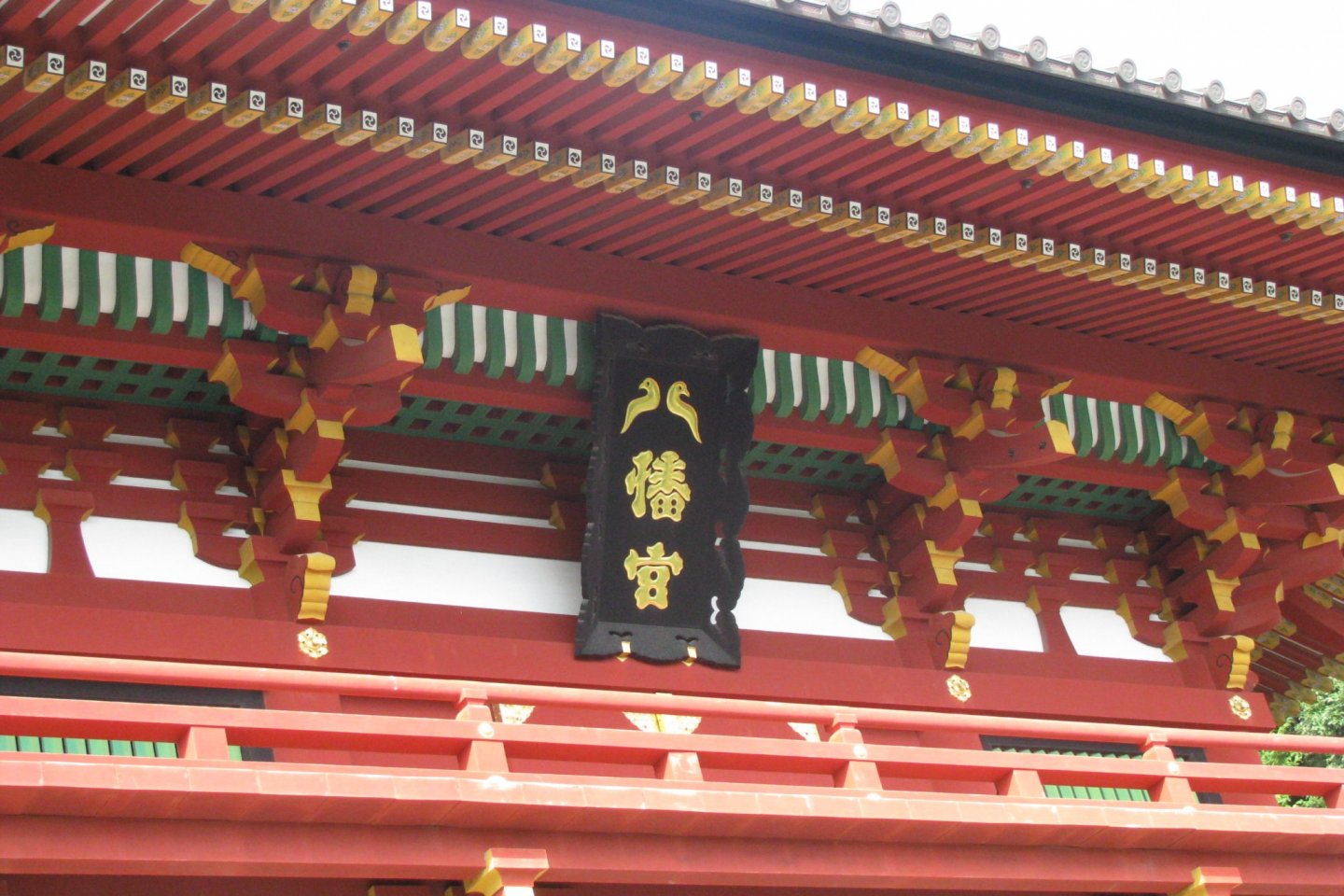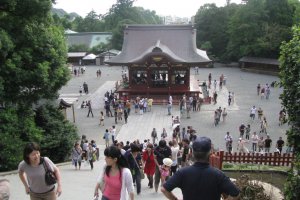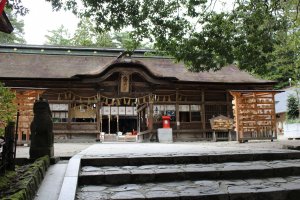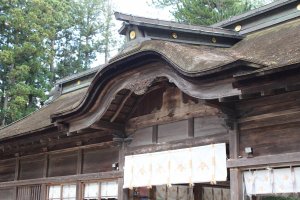On my very first trip to Japan, I visited Kamakura and its famous Shinto shrine founded in the 12th century – Tsurugaoka Hachimangu. The guide told us a lot about the history of that shrine and the first shogun Minamoto no Yoritomo, but from all that information I understood just a bit and remembered almost nothing. Only later, after learning the history I could understand the meaning of that place and the shrine…

There are about 44,000 Hachiman shrines throughout Japan dedicated to the Shinto God of War who protects warriors during battles. Hachiman has the features of a sea deity, a rice field deity, and the patron deity of blacksmithing. This comes as no surprise as samurai needed food and armor, of course. Also, it’s believed that under the name of Hachiman, the Emperor Ojin (who reigned from 390-415 AD) is deified. The main Hachiman shrine of Japan is Usa-Jingu in Oita Prefecture, which was founded in the 8th century — however, its present buildings are from the mid-19th century.
Another big shrine is Omiya Hachimangu, founded in the 11th century by feudal lord Minamoto no Yoriyoshi. Omiya Hachimangu is the third-largest Shinto shrine in Tokyo, and is famous for the belief it protects women during childbirth and while raising children. Each year in early March, the Wakaba Matsuri is held at Omiya Hachimangu shrine, and features martial arts demonstrations in honor of Hachiman.
As I’ve mentioned above, I visited Tsurugaoka Hachimangu's main buildings, which are reached by a long approach and then climbing many stairs. My visit occurred in September, and the lotus flowers were already gone, but the shrine is famous for two ponds with pink and white lotus flowers symbolizing two majestic opposing clans — Genji and Taira. The Taira clan was defeated by the legendary samurai leader Minamoto no Yoshitsune.

Another Hachiman shrine that I visited was Osaki Hachimangu in Sendai. It was built much later, in 1607 by the order of the lord Date Masamune – the founder of Sendai. The main building of Osaki Hachimangu is designated a National Treasure as one of the oldest examples of Azuchi-Momoyama style architecture (that style is widely represented in Nikko).

Now, with wars in the past, Osaki Hachimangu is popular for bringing good fortune, victory, and safe childbirth. Before the Olympic Games, the citizens of Sendai came to Osaki Hachimangu to pray for the victory of figure skater Yuzuru Hanyu and his photo is placed at the shrine’s main gates.

By searching for "Hachiman" on the Japan Travel site, you can find more shrines in different regions of Japan.



























